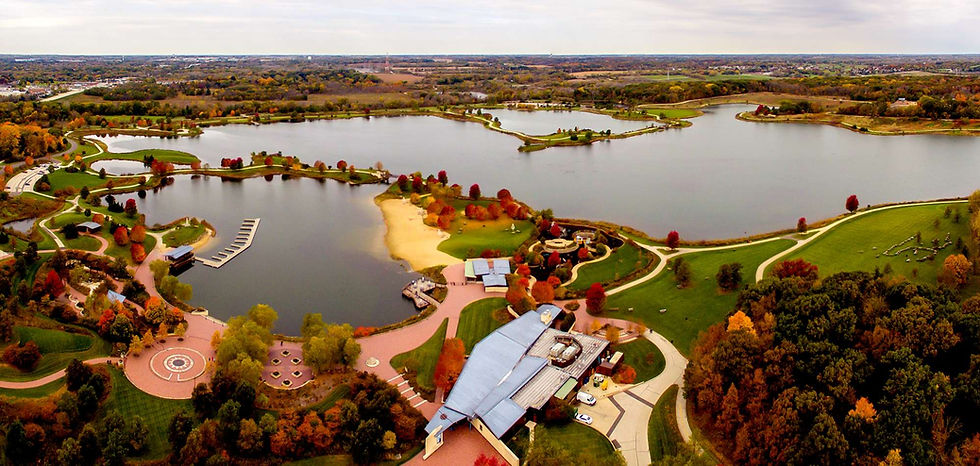Diverse Strategies for Real Estate Investment
- Team Pimentel

- Jul 18, 2024
- 3 min read
Investing in real estate is a popular way to build wealth and secure financial stability. It offers various opportunities that cater to different investor goals and risk tolerance levels. Whether you are looking for steady rental income, a quick profit, or long-term appreciation, real estate has something to offer. In this article, we will explore three common methods of investing in real estate: purchasing single-family rental homes, house flipping, and purchasing land. Each approach has its unique advantages and challenges, making it important to understand them before diving in.
Purchasing Single-Family Rental Homes
Purchasing single-family rental homes is a common strategy for real estate investors. These properties are standalone homes that you rent out to tenants. One of the main advantages of investing in single-family homes is the wide availability. There are many options in different neighborhoods and price ranges. However, this abundance of choices also means you will often be competing against owner-occupant buyers—people looking to buy homes to live in rather than as investments. Owner-occupant buyers are not necessarily concerned with making a profit from renting the property, which can drive up prices.
Despite the competition, single-family rental homes can be a good investment. They often attract long-term tenants, such as families, who provide steady rental income. Additionally, these properties typically require less maintenance compared to multi-family units, making them easier to manage. To succeed in this market, it’s important to do thorough research. Look for properties in areas with strong rental demand, good schools, and low crime rates. Ensuring the property is priced right and has potential for appreciation can lead to significant financial gains over time.

House Flipping
House flipping involves buying a property, renovating it, and selling it for a profit. This method has gained immense popularity thanks to numerous TV shows showcasing dramatic transformations and high returns. However, house flipping is not as easy as it appears on television. It requires a keen eye for potential, a solid understanding of renovation costs, and a strong sense of the local real estate market.
The key to successful house flipping is finding undervalued properties that need work. These are often distressed homes or foreclosures that can be purchased at a lower price. Once you acquire the property, the next step is renovation. This stage requires careful planning and budgeting to ensure the costs do not exceed the potential profit. Renovations can range from cosmetic updates like painting and landscaping to major overhauls like replacing the roof or updating the electrical system.
After the renovations are complete, the final step is selling the property. Timing is crucial here. You want to sell in a market where demand is high to maximize your profit. While house flipping can be lucrative, it also carries significant risks. Unexpected repair costs, market downturns, and prolonged selling periods can all impact your bottom line. Therefore, it is essential to enter this venture with thorough research and a realistic financial plan.

Purchasing Land
Purchasing land is another investment strategy in real estate. Unlike buying homes, purchasing land involves buying parcels of land without any buildings on them. This method can be appealing because land is a finite resource—there is only so much of it available. Additionally, depending on the location, land can be purchased relatively inexpensively compared to developed properties.
There are various strategies for investing in land. One approach is buying land in areas expected to experience growth and development. As cities expand, the value of land in surrounding areas can increase significantly. Another strategy is buying land for agricultural purposes, which can provide steady income through farming leases. Alternatively, some investors buy land with the intention of developing it themselves or selling it to developers in the future.
One of the biggest advantages of purchasing land is the low maintenance. There are no buildings to upkeep, which means lower ongoing costs. However, this also means there is no immediate income unless you lease it out. Additionally, land investments can be speculative, relying on future developments and market conditions to appreciate in value.

Investing in real estate offers diverse opportunities to build wealth, each with its own set of benefits and challenges. Purchasing single-family rental homes can provide steady rental income and long-term appreciation, but it involves competing with owner-occupants. House flipping offers the potential for quick profits but requires substantial knowledge and risk management. Purchasing land is a long-term investment that can be acquired inexpensively but may take time to realize its full value. Understanding these strategies and aligning them with your financial goals and risk tolerance can help you make informed decisions and succeed in the real estate market.



Comments